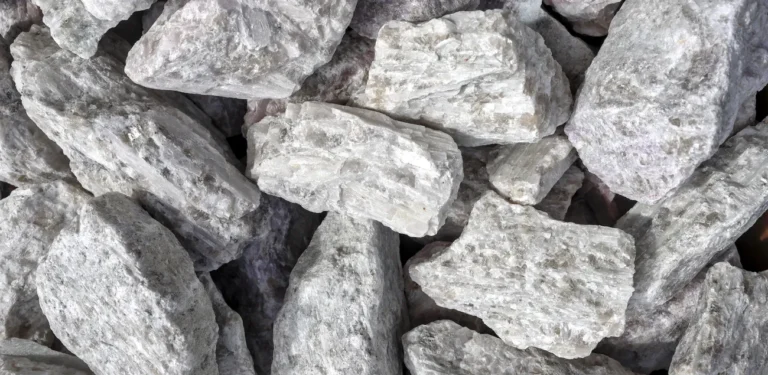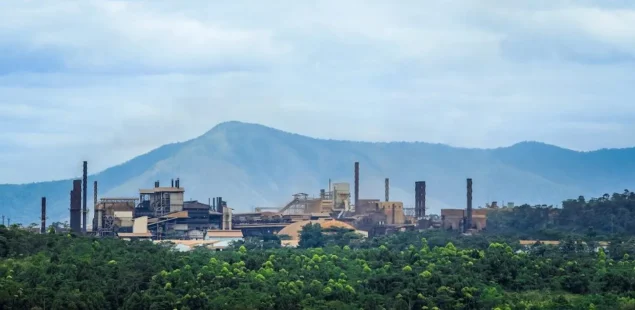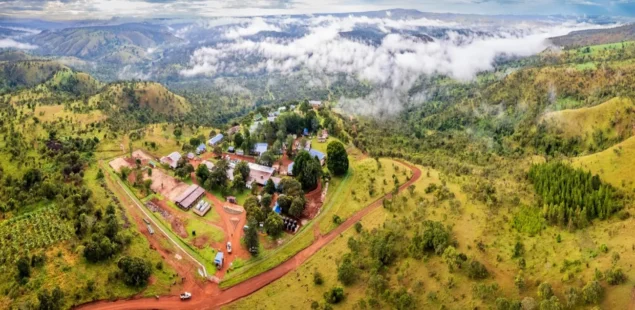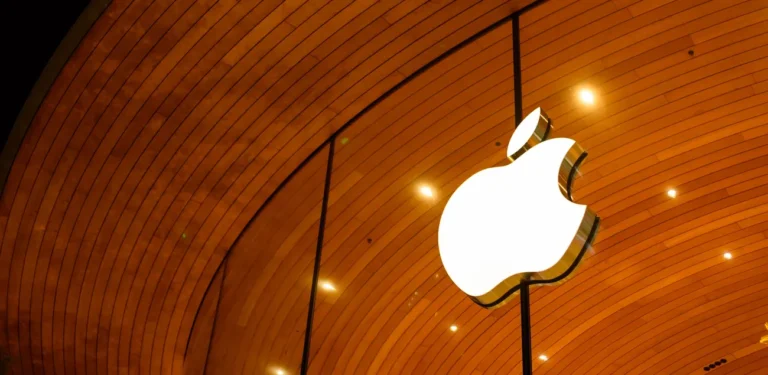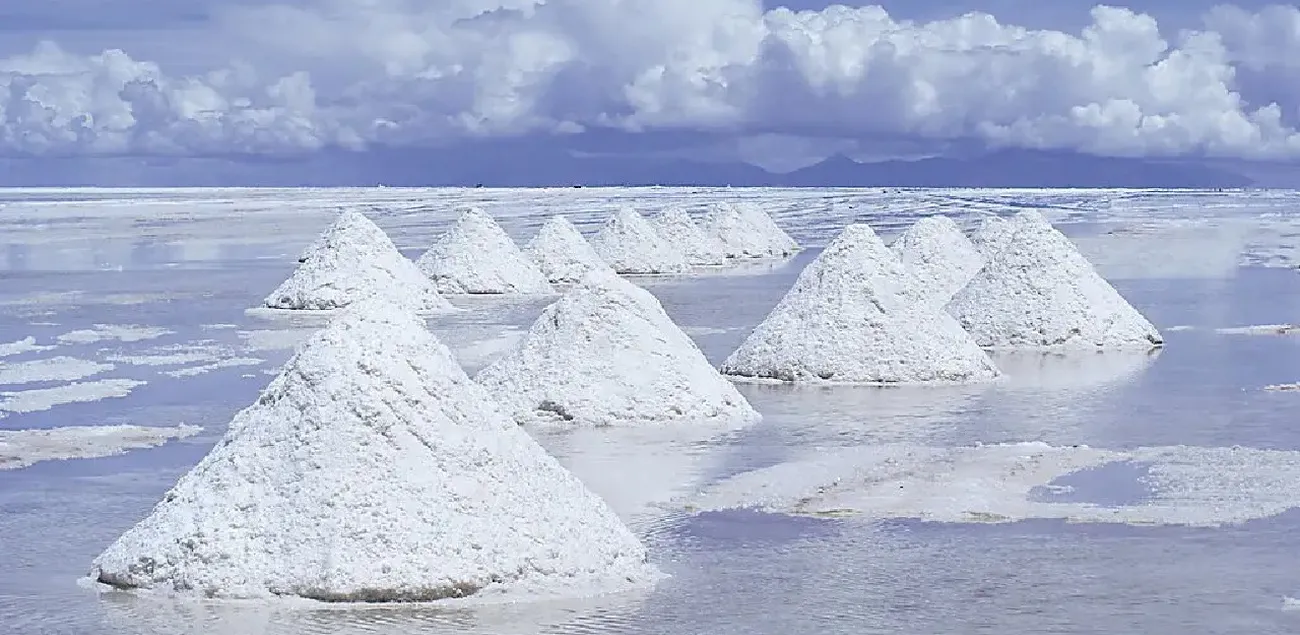
Zangge Mining—the Qinghai brine producer now under Zijin Mining’s wing—has been ordered to pull the plug on lithium extraction at the Chaerhan salt lake. The stoppage knocks as much as 5,600 tonnes of lithium-carbonate equivalent (LCE) out of second-half supply and has already jolted the Guangzhou futures market: the most-traded contract hit CNY 69,980 a tonne (about USD 9,760) on 17 July, its loftiest perch since 21 April.
Regulatory Order and Operational Impact
Officials in Haixi prefecture slapped Zangge with an “immediate cessation” notice after uncovering still-undisclosed legal breaches at Chaerhan, China’s largest salt-lake lithium site. Zangge turned out roughly 5,400 t LCE in the first half of 2025 and had been chasing 11,000 t for the year—so the shutdown threatens nearly one-third of its target and a similar slice of revenue. Management says it will “rectify deficiencies and re-apply for permits,” though a restart timeline remains anyone’s guess.
Price Response and Market Balance
Through much of 2024, Chinese lithium prices sagged amid a flood of new clay and hard-rock supply; spot carbonate slid 46 % last year before finding a floor near CNY 62,000/t in early July. The Qinghai halt has rekindled supply jitters. Brine operations furnish around 15 % of China’s lithium and are uniquely prone to permitting drama and fickle weather. Futures turnover in Guangzhou surged 60 % week-on-week as shorts scrambled to cover, while Shenzhen-listed heavyweights Tianqi Lithium and Ganfeng Lithium tacked on 3 %–5 %.
Policy Backdrop and Domestic Supply Goals
China pumped out roughly 670,000 t LCE in 2024—half the global tally—but still trailed Australia and Chile in mined tonnage. Beijing wants its champions to bulk up at home and abroad to keep EV supply chains snug. Zijin’s January move to take a 24.8 % stake in Zangge for CNY 13.7 billion (≈ USD 1.91 billion) was part of that push. The regulatory road-block now shows how provincial compliance risks can trip up even the best-laid expansion plans.
Company Background and Market Context
Originally a potash outfit, Zangge turned to adsorption-evaporation technology in 2017, extracting lithium carbonate from high-magnesium brines. Last year it booked revenue of CNY 11.2 billion (≈ USD 1.56 billion), with lithium chipping in 32 %. Chaerhan, rated for 20,000 t / yr, is mid-upgrade to boost recovery and trim freshwater use by 30 %. Parent Zijin—owner of copper and gold mines on five continents—posted a net profit of CNY 38.3 billion (≈ USD 5.34 billion) in 2024 and continues to fast-track battery-metal bets from Serbia to Argentina.
Lithium powers the electric-mobility revolution: batteries soak up about three-quarters of demand, pegged at roughly 1.4 million t LCE for 2025. Prices have clawed back 18 % this past quarter as Chinese cathode makers and U.S. storage firms rebuilt stocks, yet sit far below the 2022 frenzy above CNY 500,000/t. A prolonged Qinghai outage could tip next year’s market into a mild deficit—especially if fresh Western EV incentives kick consumption into a higher gear.
